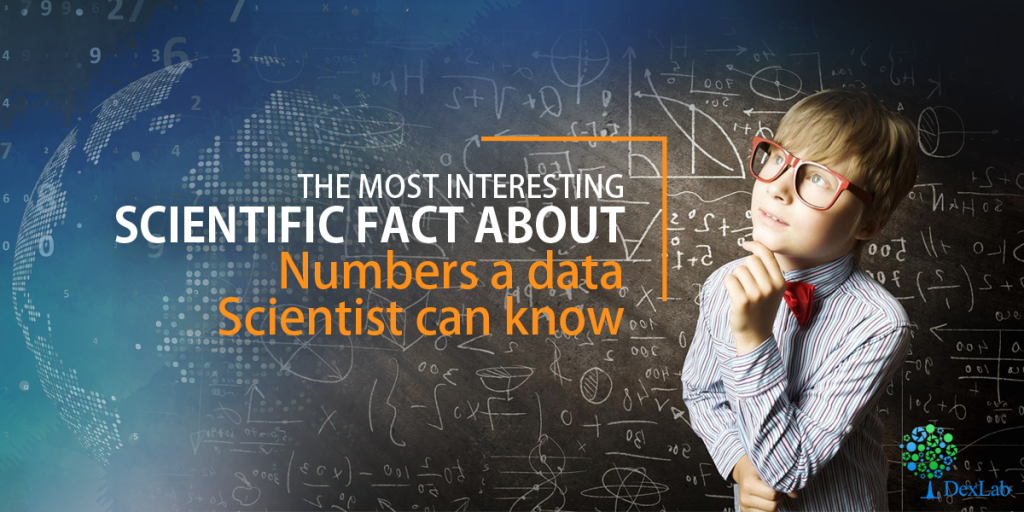Are you a non-data person? Do you think numbers are unnecessarily complex and are better to stay away from? When asked to calculations do you feel a little of sleepiness setting in? Then this would come as a surprise to you that our brains originally think in numbers. To be more precise, our brains actually think in the Logarithm Scale instead of thinking in the additive scale. To put it simply our brains understand better in terms of proportions than in differences.
So, how would our brains approach differences in numbers? We think almost automatically that the difference between 1 and 2 is greater than the difference between 3 and 2 and so forth.
Here in this picture the first diagram is of the Logarithmic scale while the second one is of the additive scale. Both these scales have their utility in real life situations but while our perception bias associated with the Logarithmic scale often create some problems.
Here is a sample scenario to better understand this pathological math problem:
- Case 1: there is a picture of 1 lion in front of you
- Case 2: there are 2 lions in front of you
If you think about it, you feel more scared in case 2 in comparison to case 1. A logical decision it is.
- Case 3: there is a picture of 100 lions in front of you
- Case 4: there is a picture of 101 lions in front of you
Now if you think about the fear quotient in your mind, the fear you feel in case 4 is not much higher than the fear one feels in Case 3. But the difference in fears in case 1 and 2 is quite high.
The reason behind this perception is also very much logical and utilitarian for the human race. This is because in case 1 and 2 the number gets doubled. Thus, the fear proportion is comparatively bigger in case 1 and 2 than in cases 3 and 4.
Thus, it is evident that our perception bias in Logarithmic scale helps our survival instinct and also helps us to judge cases practically which often comes in handy.
For more information on data science and SAS certification follow the latest posts from Dexlab Analytics and launch your career in data science.
Interested in a career in Data Analyst?
To learn more about Machine Learning Using Python and Spark – click here.
To learn more about Data Analyst with Advanced excel course – click here.
To learn more about Data Analyst with SAS Course – click here.
To learn more about Data Analyst with R Course – click here.
To learn more about Big Data Course – click here.




Comments are closed here.